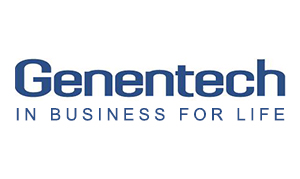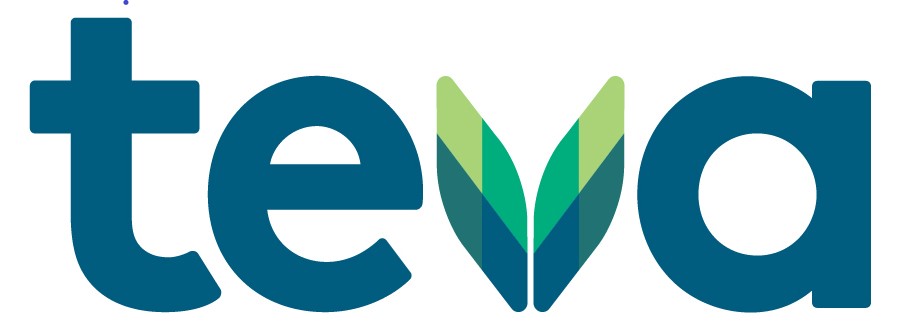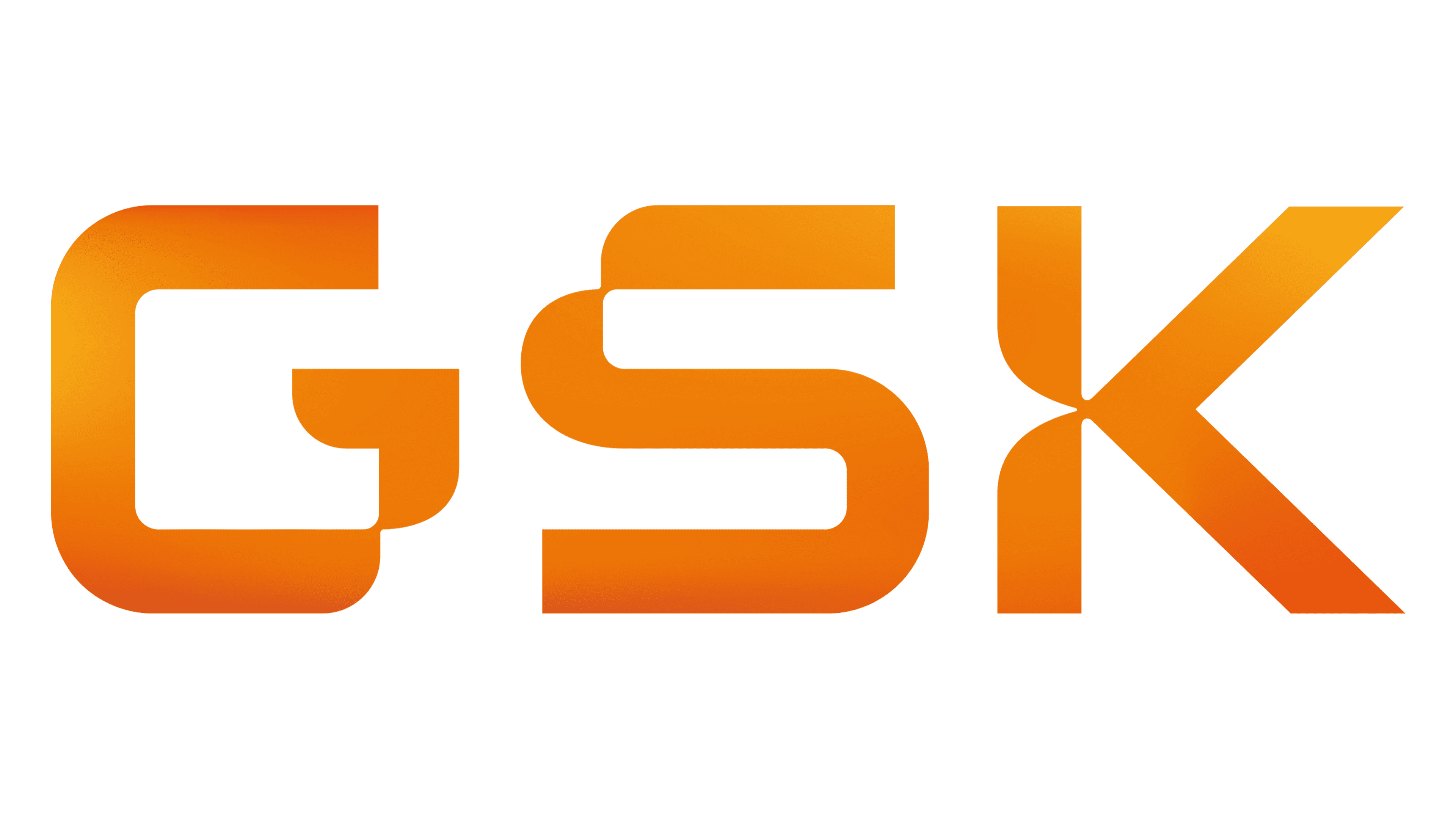Some ancillary medical services might not be right for every practice, but all have the potential to boost revenue. Whether it’s an in-house pharmacy or a medical spa, add-on medical services can be a great way to increase your practice’s revenues and better meet your patients’ needs. But how do you know if adding an ancillary medical service is the right move? Keep reading for more information on ancillary services, and the service that will work best for your practice.
Physical therapy.
Practices serving patient bases with high rates of osteoporosis and joint problems may have the volume needed to support an in-house physical therapy program. Start-up costs are relatively low, and reimbursements will put your practice in the positive. It may be a good idea to start offering physical therapy services two or three days a week, and then if demand grows discuss expansion. If your practice is doing a lot of physical therapy referrals, then in-house physical therapy may be worth researching.
Medical Spa.
Medical spa services can be a profitable ancillary service for practices that have a lot of patients seeking services to help minimize the effects of aging. While it may take some time to build the necessary reputation and clientele, the future income will be worth the wait. Popular medical spa services include injectables, fillers, laser hair removal, esthetician services and skin care products. However, keep in mind this won’t be a great idea if there is a lot of competition in your area. If there isn’t a service nearby in your community, then start your research.
Pharmacy.
Because of the safety, convenience, control and revenue, many rheumatology practices are beginning to offer in-house pharmacies as part of their practice. Most patients have a lot on their plate so offering them a “one-stop shopping” experience saves precious time and delivers the best care. Not only are you providing them with a service they’ll appreciate, but you are helping your practice increase profitability. You may be able to collect copays on prescription drugs and bill insurance companies for reimbursement. Your patients or their providers will have to spend this money anyway, they might as well spend it with you.
Lab testing.
Most practices are well aware that lab testing is productive, because they spend a lot of time requesting them. Bringing in the ability to perform moderately complex lab tests in-house can increase income while making things more convenient for your patients. However, it’s important to remember that lab equipment can be expensive and you must obtain accreditation and hire trained technicians to operate your lab. That being said, if you have high volume and exceptional management, an in-house lab could bring in a lot of income while saving patients an extra trip.
The addition of purposefully selected medical services to your practice can be extremely lucrative, often without adding a large volume of extra expenses. It’s important to remember that the right ancillary service depends on what your main services are as well as your patient demographics. Also keep in mind what your physical space will allow and any legal restrictions.
Posted by



















